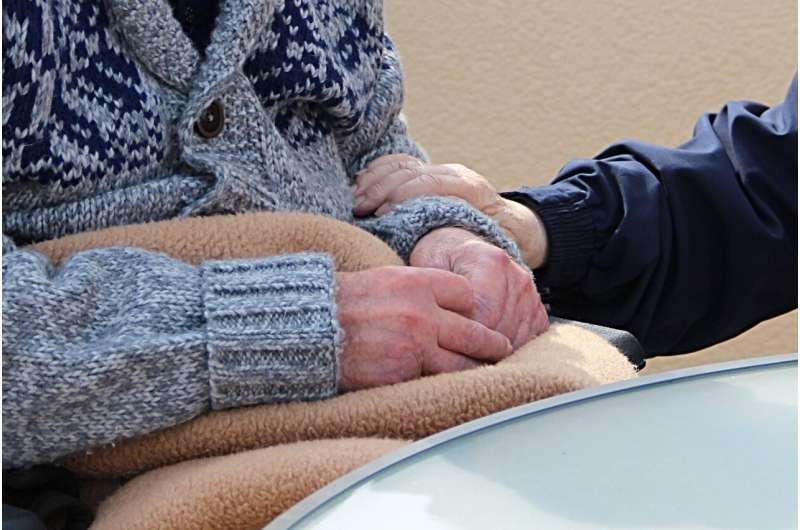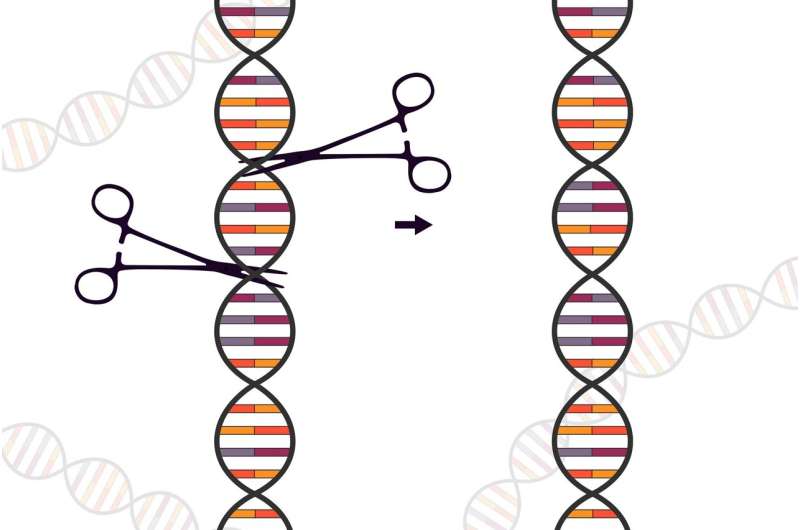Challenges Faced by Nurses in Providing End-of-Life Care in Aged Care Homes

Recent research highlights the barriers nurses face in delivering quality end-of-life care in Australian aged care homes, emphasizing the need for systemic reform and targeted support to improve resident outcomes.
Nurses hold a vital role in detecting and responding to the end-of-life needs of residents in aged care settings, often recognizing signs of decline up to a year before death. Despite their crucial involvement, several obstacles hinder the delivery of consistent, high-quality care during this sensitive phase. A recent study published in BMC Nursing sheds light on these issues.
Led by Flinders University’s Research Center for Palliative Care, Death and Dying (RePaDD) and part of the End of Life Directions for Aged Care (ELDAC) project, the research involved interviews with nurses and care workers across 15 aged care services in three Australian states. The findings indicate that while nurses are highly attuned to the needs of residents nearing the end of life, they frequently face challenges such as limited resources, inefficiencies in care processes, and insufficient training.
The study emphasizes that as Australia’s population continues to age, nursing staff on the front lines are essential in delivering palliative and end-of-life care. Dr. Priyanka Vandersman, the lead researcher from RePaDD and Flinders’ ELDAC team, highlights the importance of supporting nurses through reforms like mandated care hours and 24/7 registered nurse availability. Currently, over one-third of deaths among Australians aged over 65 occur in residential aged care, underscoring the vital need for high-quality, person-centered end-of-life care.
Recent findings from the Registry of Senior Australians and Flinders University reveal that increasing care minutes does not necessarily lead to better resident experiences or improved clinical outcomes. This underscores the need for a broader approach that includes time, training, and flexibility for nurses to act on their clinical judgment and intuitive cues developed through long-term relationships with residents. Nurses can often detect a prolonged phase of irreversible decline, characterized by subtle changes in mood, behavior, and social engagement, which provides critical opportunities for early, tailored care planning.
However, systemic issues like time pressures, documentation requirements, and resource shortages often prevent nurses from responding effectively to these early signs. While they understand best practices—such as early planning, open communication, emotional support, and comfort-focused care—the realities of staffing shortages sometimes restrict their ability to provide consistent, person-centered end-of-life care. Situations arise where nurses are unable to stay with dying residents due to staffing constraints, or resource limitations lead to unnecessary hospital transfers.
Professor Jennifer Tieman, Director of RePaDD, stresses that quality end-of-life care begins well before the final hours and requires systemic change. She advocates for supporting nurses with adequate time and resources to recognize early decline and respond in ways aligned with residents’ individual needs and wishes. The research points to the necessity of combining structural reforms with targeted workforce training, practical support, and cultural shifts within the sector. Promoting early conversations and advance care planning should become routine, ensuring care delivery is timely, coordinated, and reflective of each person’s values and preferences.
This study provides essential insights into the complexities of end-of-life care in aged care homes and emphasizes the importance of enabling nurses through systemic support, training, and a person-centered approach for better resident outcomes.
Stay Updated with Mia's Feed
Get the latest health & wellness insights delivered straight to your inbox.
Related Articles
Targeting WSTF Protein as a Strategy to Manage Chronic Inflammation Without Impairing Acute Immune Response
Researchers have identified a novel approach to control chronic inflammation by targeting the WSTF protein, potentially offering disease-specific treatment without impairing the body's response to acute threats.
Gut Bacteria Firmicutes Enhance Metabolism and Support Bone Health, New Research Shows
Recent research uncovers how gut bacteria, especially Firmicutes, play a vital role in boosting metabolism and maintaining bone health, opening new possibilities for osteoporosis prevention.
Innovative Gene-Editing Technique Offers Hope for Childhood Vascular Disease Treatment
A novel CRISPR-based gene-editing technology shows promise in treating deadly childhood vascular diseases by precisely targeting genetic mutations, extending survival in preclinical models.
Scientists Develop Genome Editing Technique for Self-Sustaining Weight Loss in Mice
A novel genome editing technique allows mice to produce their own weight-loss medication, offering a potential long-term treatment for obesity without repeated injections.



